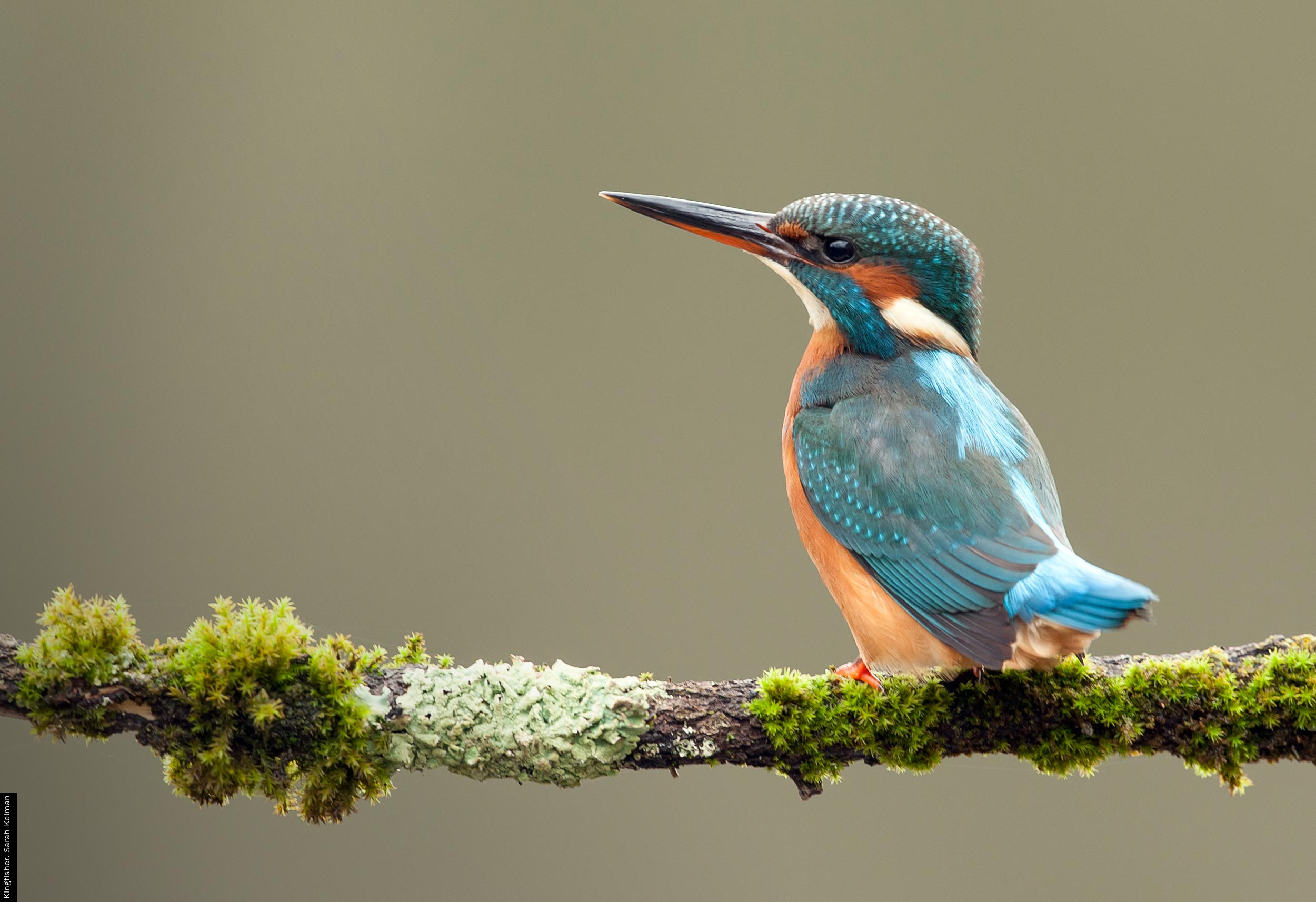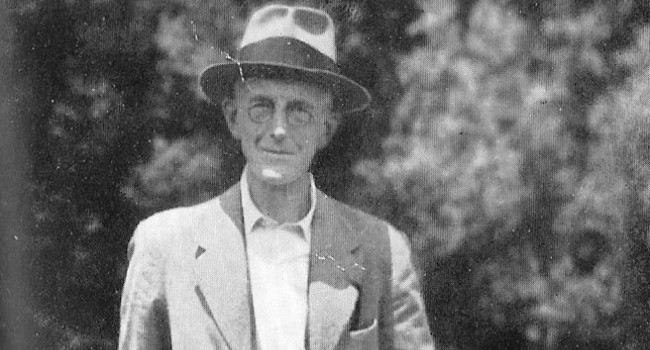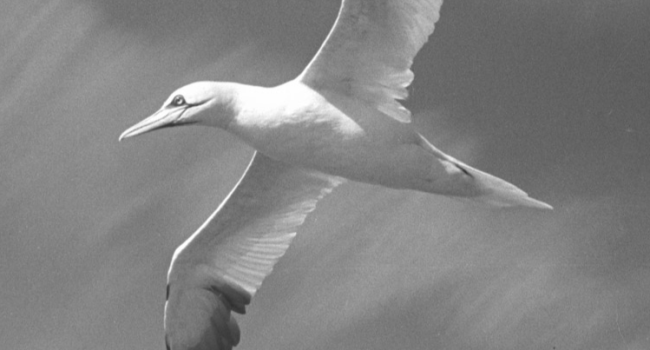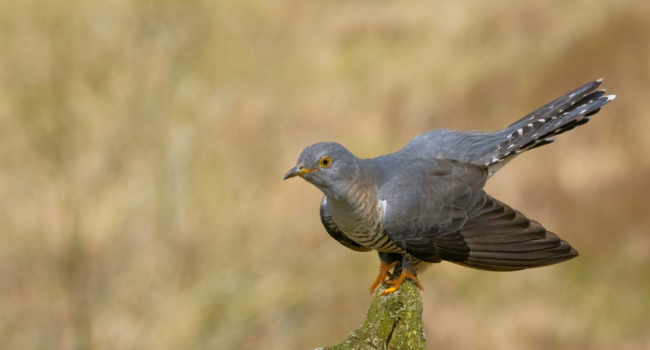Past Appeals
We run regular fundraising appeals to support our research and engagement priorities, and thanks to thousands of generous donors, our work has had a huge impact for birds and for people.
Our appeal-funded research is often published in peer-reviewed scientific journals and contributes to conservation across the UK. Browse the list below to find out more about each past appeal.
If you would like to find out more about any of our appeals, please contact fundraising [at] bto.org.
Past appeals are now closed to donations, but you can still help fund our work:
Urban Focal Area Appeal
Most people live in urban spaces, and so these areas represent one of the most common areas where people potentially encounter wildlife. However, urban spaces have historically not been considered by conservation research.
This appeal supported a range of projects which progressed our research into urban birds and the urban environment.
- Learn more about work funded by the Urban Focal Area Appeal >
Climate Change Appeal
Climate change is already affecting our bird populations, but there are significant gaps in our understanding for many species.
This appeal helped us to continue data collection through our long-term monitoring schemes and track the ongoing impacts of climate change.
- Learn more about work funded by the Climate Change Appeal >
Chaffinch Appeal
In just 11 years from 2007–2018, the UK Chaffinch population fell by a staggering 30%. We suspected these declines were driven by the disease trichomonosis.
This appeal helped us make the best use of BTO’s data resources and investigate the causes of the decline, enabling us to inform conservation solutions.
- Learn more about work funded by the Chaffinch Appeal >
Our Future Appeal
We launched this appeal after setting up BTO’s Youth Advisory Panel, to help support their vision of a diverse, vibrant community of young birders and accessible, youth-led opportunities that inspire young people to engage with nature and science.
- Learn more about work funded by the Our Future Appeal >
Short-eared Owl Tracking Appeal
The UK Short-eared Owl population seems to be declining, with the breeding range shrinking by 48% between 1970 and 2010. However, the reasons underlying these changes were a mystery.
We launched the Short-eared Owl Tracking Project to support research into this charismatic species and work towards securing their future.
- Learn more about work funded by the Short-eared Owl Tracking Appeal >
Arctic Skua Tracking Appeal
Arctic Skuas are the fastest declining seabird in the UK, with population losses of up to 80% since 1986.
This appeal helped us to explore factors outside the breeding season that could be contributing to the decline of this species in the UK and elsewhere.
- Learn more about work funded by the Arctic Skua Tracking Appeal >
Secure Our Future Appeal
This appeal helped us communicate the critical role BTO plays in the environment sector, and determine what we must do to ensure we stay relevant and can continue to inform the future security of our natural world.
- Learn more about work funded by the Secure Our Future Appeal >
BirdTrack Research Appeal
A growing number of summer migrant birds like Cuckoo, Nightingale and Turtle Dove are on the UK Red List in Birds of Conservation Concern due to rapid declines in their breeding population and distribution.
This appeal helped fund the statistical and modelling work required for us to use BirdTrack data for bird population trends.
- Learn more about work funded by the BirdTrack Research Appeal >
Owl Appeal
This appeal supported an exciting programme of research and engagement work on UK owls, and helped us provide long-term support for owl monitoring to our volunteer bird ringers and nest recorders.
- Learn more about work funded by the Owl Appeal >
Curlew Appeal
The Breeding Bird Survey Report shows a decline of almost 50% in breeding Curlew across the UK since 1995, with greater losses in Wales and Scotland.
We launched the Curlew Appeal to help fund work evaluating the causes of Curlew population declines, a key first step to developing and implementing potential conservation interventions.
- Learn more about work funded by the Curlew Appeal >
Farmland Bird Appeal
A 2015 poll of BTO supporters identified farmland birds as their top topic of concern.
We launched the Farmland Bird Appeal in the same year to support our ongoing programme of research on farmland birds, including the effects of agri-environment scheme (AES) management on farmland bird population trends.
- Learn more about work funded by the Farmland Bird Appeal >
Nightjar Tracking Appeal
Understanding how to manage habitat to benefit Nightjars should be a key requirement for land managers, but land management guidance at the time of this appeal was limited.
This appeal helped us to understand the breeding habitat requirements of Nightjar, critical information for effective conservation management across forests and heathland reserves.
- Learn more about work funded by the Nightjar Tracking Appeal >
Wintering Thrushes Appeal
BTO Corporate Members supported survey and research into how thrushes use the countryside throughout the winter.
- Learn more about work funded by the Wintering Thrushes Appeal >
BTO in Wales Appeal: a new vision
Climate change is already affecting our bird populations, but there are significant gaps in our understanding for many species.
This appeal helped us to continue data collection through our long-term monitoring schemes and track the ongoing impacts of climate change.
- Learn more about work funded by the BTO in Wales Appeal >
Bird Atlas 2007–11 Appeal
Bird Atlas 2007–11 was a partnership project run by BTO, BirdWatch Ireland and the Scottish Ornithologists’ Club, aiming to map the distribution and abundance of all bird species in Britain and Ireland.
This appeal provided funds to support the project to completion.
- Learn more about work funded by the Bird Atlas 2007–11 Appeal >
Little Ringed Plover and Ringed Plover Breeding Survey Appeal
This appeal funded a UK-wide survey of breeding Little Ringed and Ringed Plovers in 2007, the first national survey for these species since 1984.
- Learn more about work funded by the Plover Appeal >
Nightingale appeals
This iconic songbird has declined drastically in the UK, surviving only at several key breeding sites in southern and eastern England.
Our Nightingale appeals have supported an ongoing suite of research projects to help us better understand the drivers of these losses, and how we can tackle them – before we lose the Nightingale for good.
- Learn more about work funded by our Nightingale appeals >
Support more work like this
Past appeals are now closed to donations, but you can still support our work. Your donation will help secure a better future for birds, for nature and for people.
























Share this page